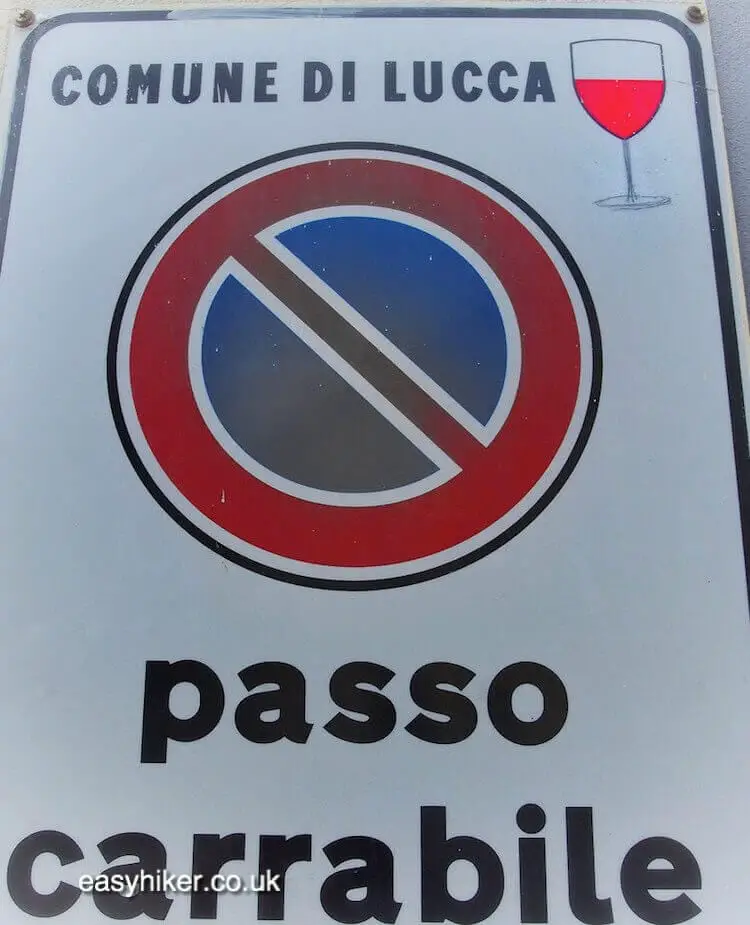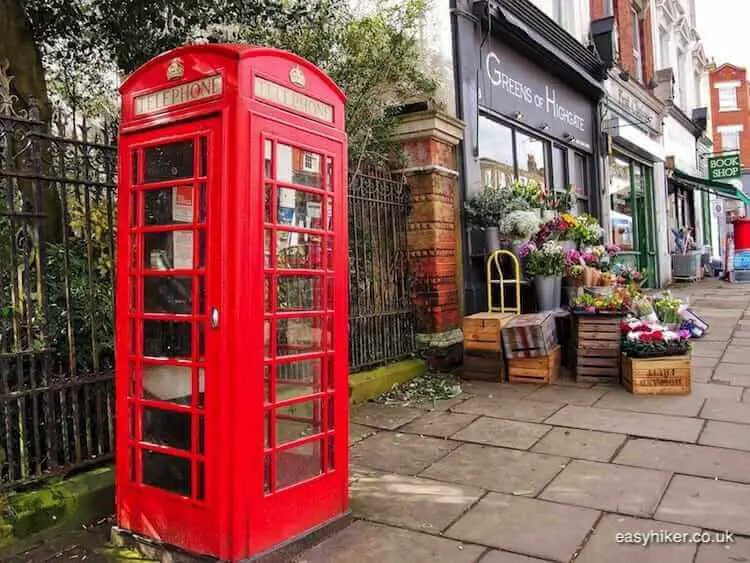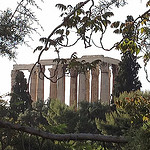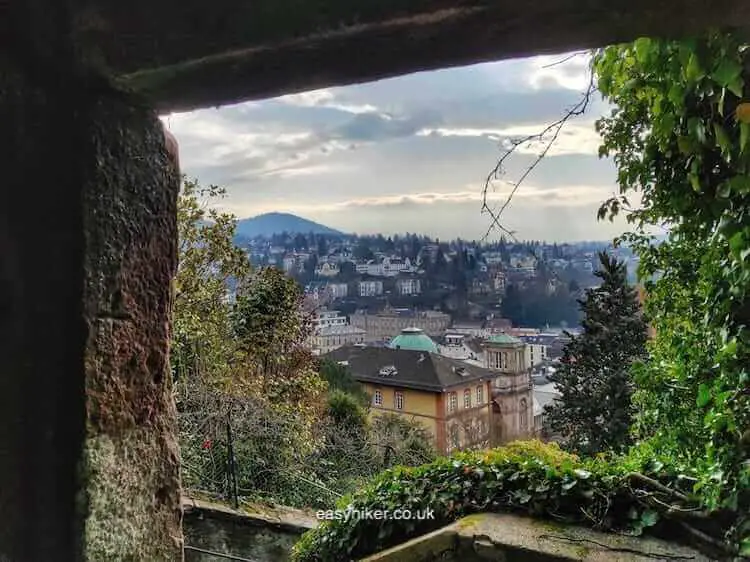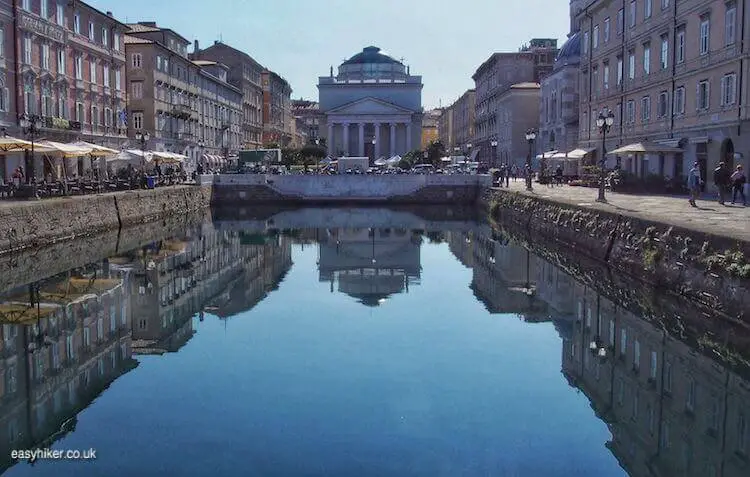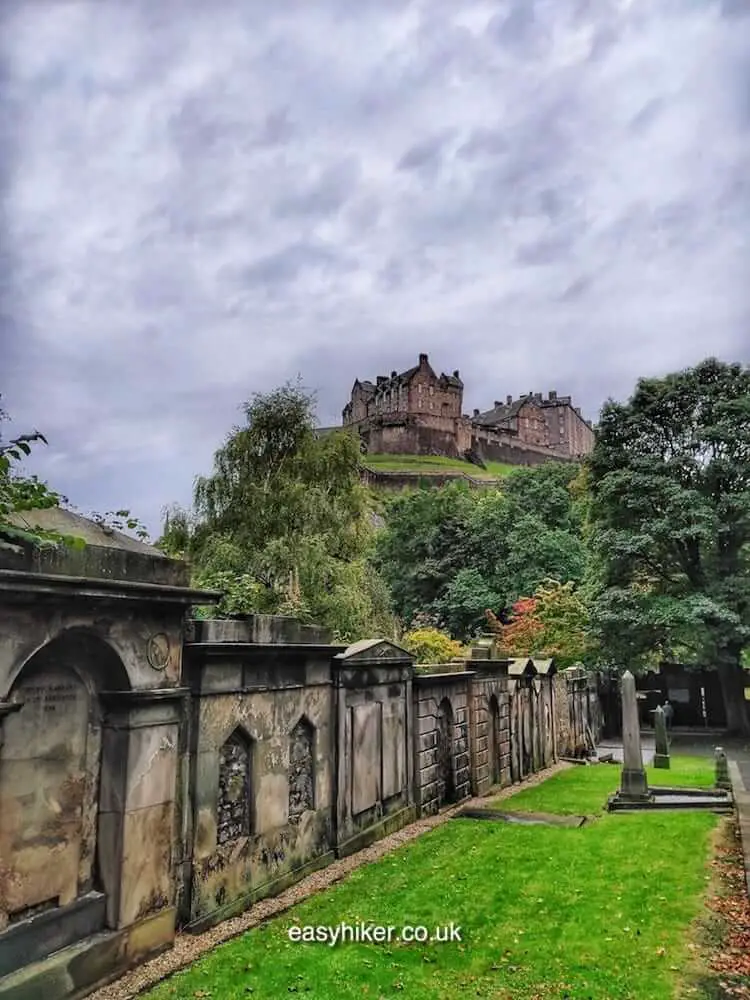In Tuscany, landscape and urbanity are so closely interwoven that they create one large tapestry of culture which is governed by consistent aesthetic, economic and historical principles.
While the Renaissance town palazzi reflect the pride and the wealth of the landowning families (it is said that Florentine rulers never ate or served anything in their town homes that had not come from their own estates), the landscape – more than anywhere else in Europe – speaks of man’s long history of taming and domesticating nature.
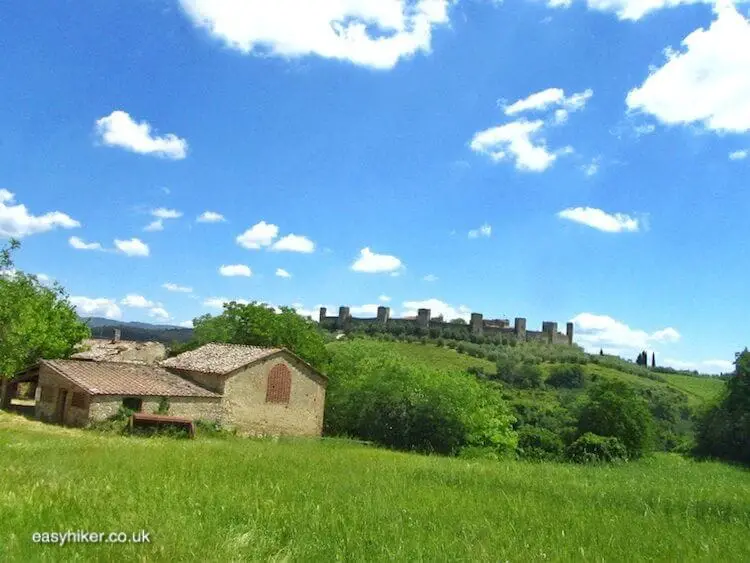
At the time there was, nevertheless, a sharp frontier between the two in the form of the city wall, which Renaissance cities had inherited from their medieval ancestors.
Most modern Tuscan cities have preserved parts of these (mainly medieval) fortifications, but integrated them into their building fabric.
Only the town of Lucca has preserved the wall in its original shape and converted it into a tree-lined walkway that surrounds the historical Old Town. A walk along the Lucca Wall has since become the city’s main tourist attraction.
Taking the Walk Along the Lucca Wall
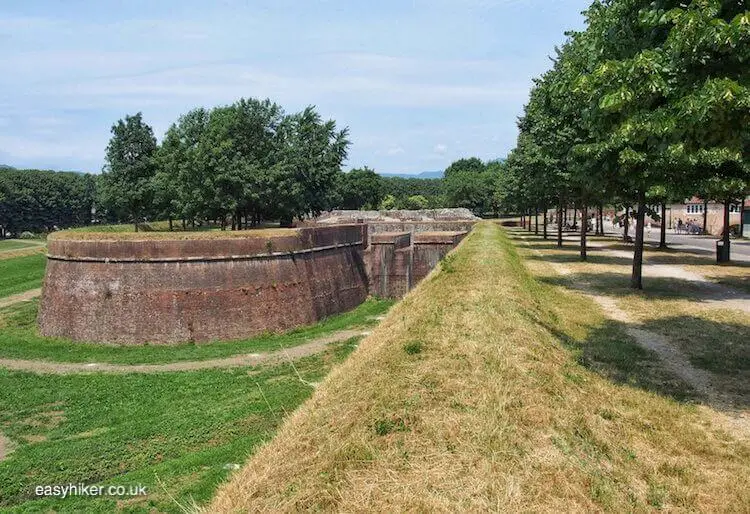
Lucca’s history goes back to at least the 2nd century B.C., so the wall – more precisely, the “star fort” – that you can see today is one of its newer buildings. It was constructed between 1545 and 1650, in an era when this type of defensive structure was already becoming obsolete and unfashionable.
The ramparts were converted into a promenade in 1799, having never come under attack, which means that they have now served as an urban walkway for most of their total lifespan.
For the visitor, the walk along the Luccal wall does three things.
Firstly, it serves as a good introduction to the town and its other attractions – which is why we suggest to do this first thing, immediately after your arrival. If you come by train, leave the station and proceed in the direction of the town centre. You will spot the wall after approx. 200 metres. (It is difficult to miss.)
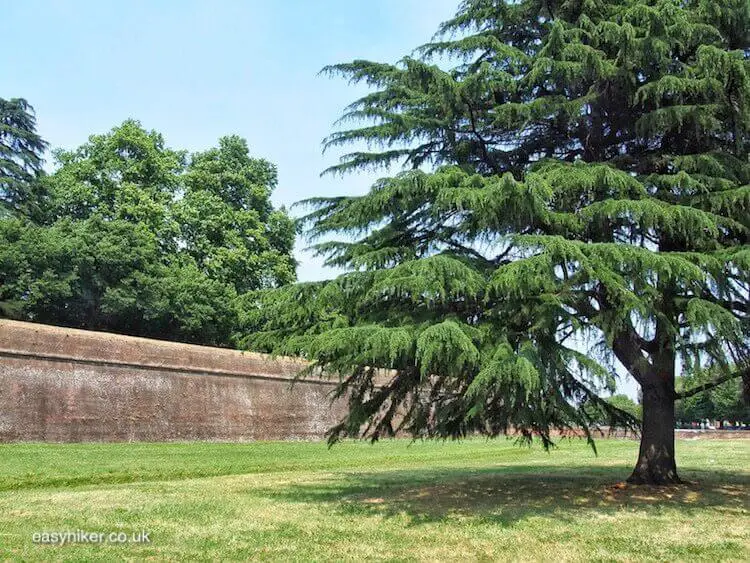
On your walk from bastion to bastion (there are altogether 11 of these especially fortified outcroppings that would have given the defenders a full view of the enemy forces underneath), …
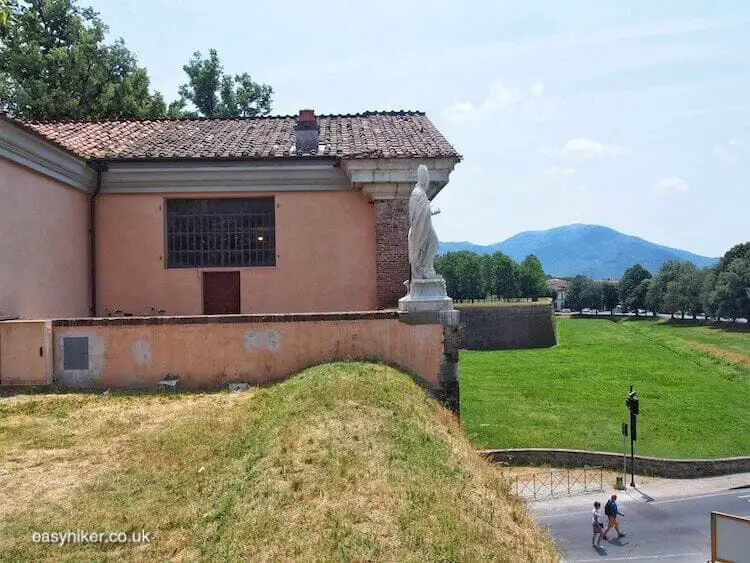
… you can then pick out the city buildings that look interesting to you for a later visit (Lucca is said to have more than 100 churches alone, some of which date back to late antiquity).
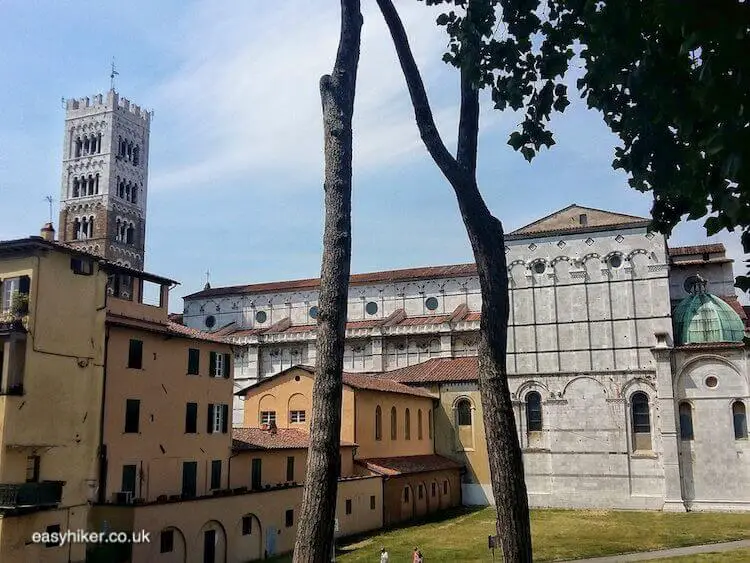
The walk along the Lucca Wall is only about 4 km long, so there will be plenty of time left for that.
Secondly, the walk will help you understand why the whole concept of city walls was eventually abandoned all over Europe.
The main problem was that the development of ever more sophisticated artillery hardware required defensive fortifications of an enormous bulk and extension: the overall space occupied by the fortifications was often greater than the space occupied by the town itself.
Wall construction projects therefore put a heavy and ultimately intolerable financial burden on the municipality and its citizens.
At the same time, the walls inhibited the development of the cities they were enclosing: rising property prices and overcrowding were the consequence. Most 17th century towns were far dirtier, darker and densely packed with slums than their medieval forebears. (It was ultimately decided that the defense of national borders rather than of individual cities was the way forward.)
Thirdly, and above all, it makes for a jolly good (half) day out at the frontier between town and countryside. Like all the best wall walks (and there are quite a few good ones in Italy and near London), the Lucca promenade contrasts gently bucolic panoramas of the surrounding countryside …
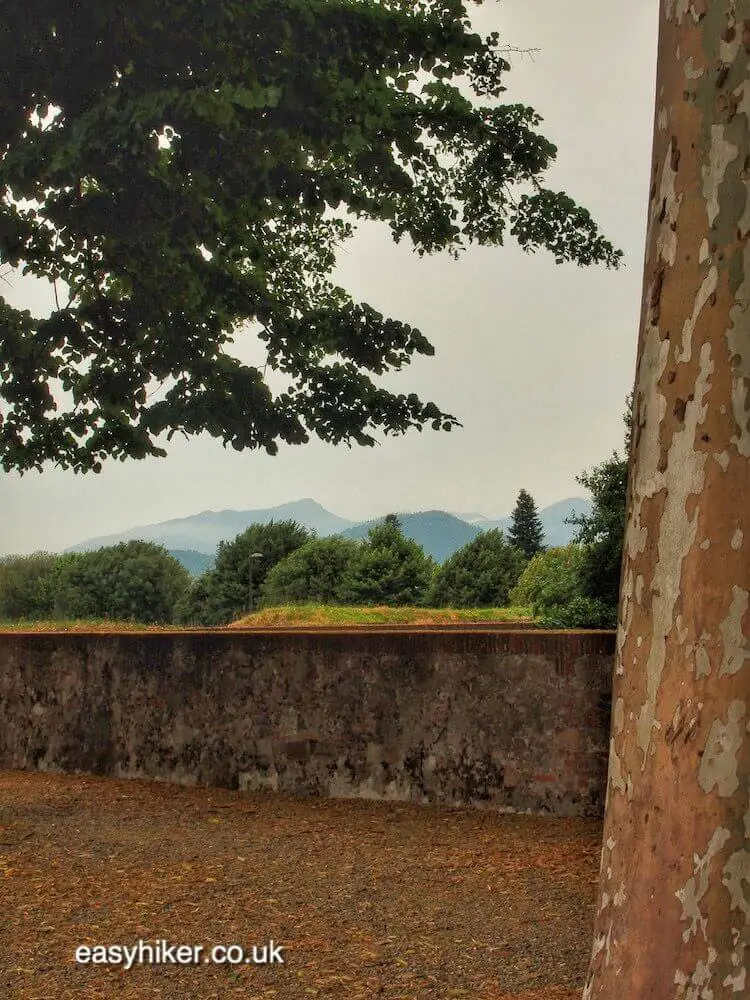
… with views of the densely built townscape, depending on which way you are looking.
These views may have changed little over the past 500 years, but the contrast between town and country would have been much sharper for the pilgrims and travelling merchants of the Renaissance.
Towns like Lucca must have felt like little oases of safety and civilization in an altogether more uncertain and potentially hostile world. (Humans only fell in love with the wide open spaces of nature after they had learned to control them.)
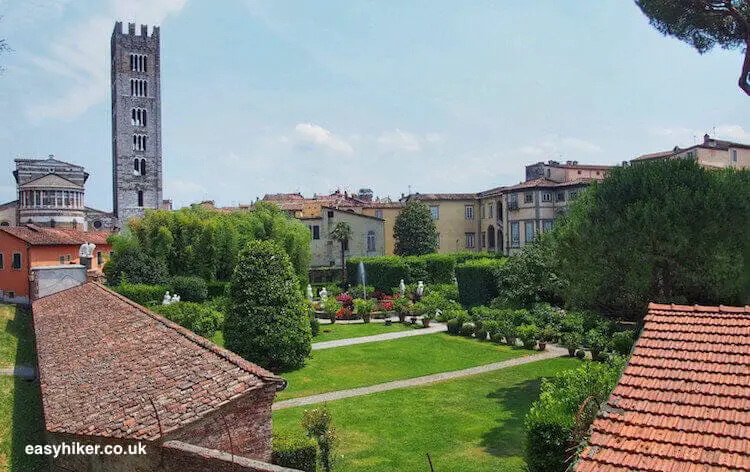
Taking the walk along the Lucca wall is a specifically great day out if you are travelling with small children. You can hire bicycles from one of the rental companies that are scattered all over town – or, perhaps even better, one of those four-seater contraptions where Mum and Dad do all the biking. I am sure they have a name but it is probably easier to show you what they look like.
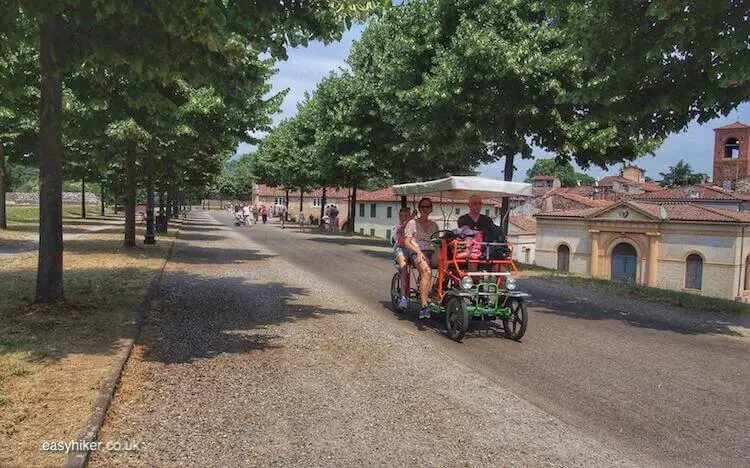
Once you completed your round, you still have the time to familiarize yourself with everything else there is to see: Lucca is the hometown of the opera composer Puccini (and has a large museum to celebrate his heritage), …
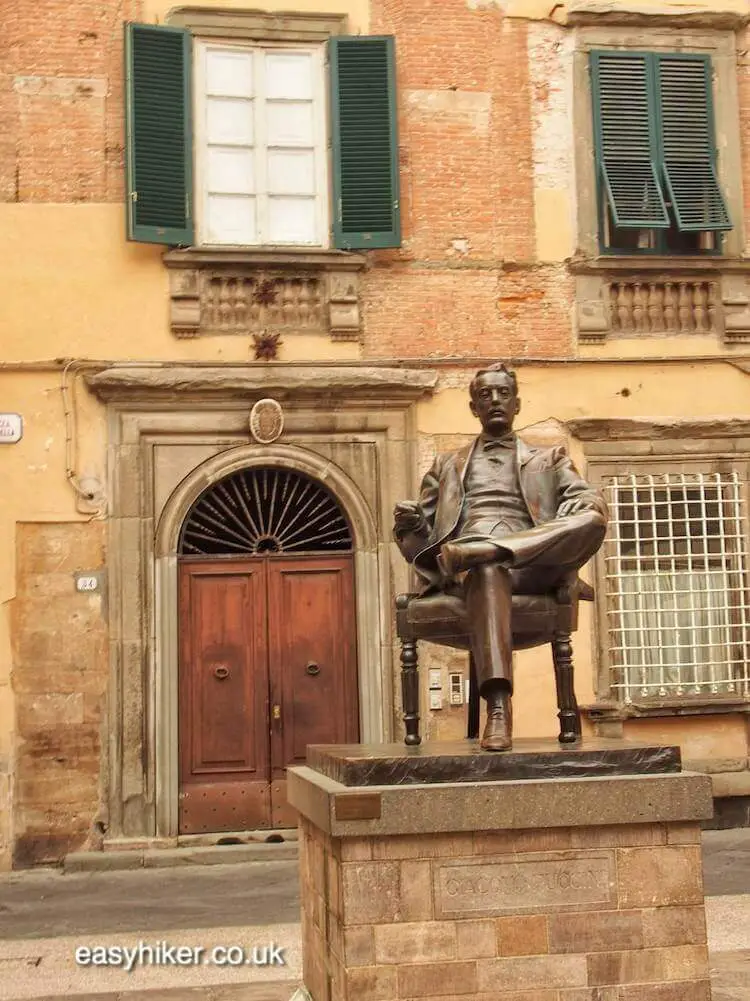
… features a tower with a forest on top, …
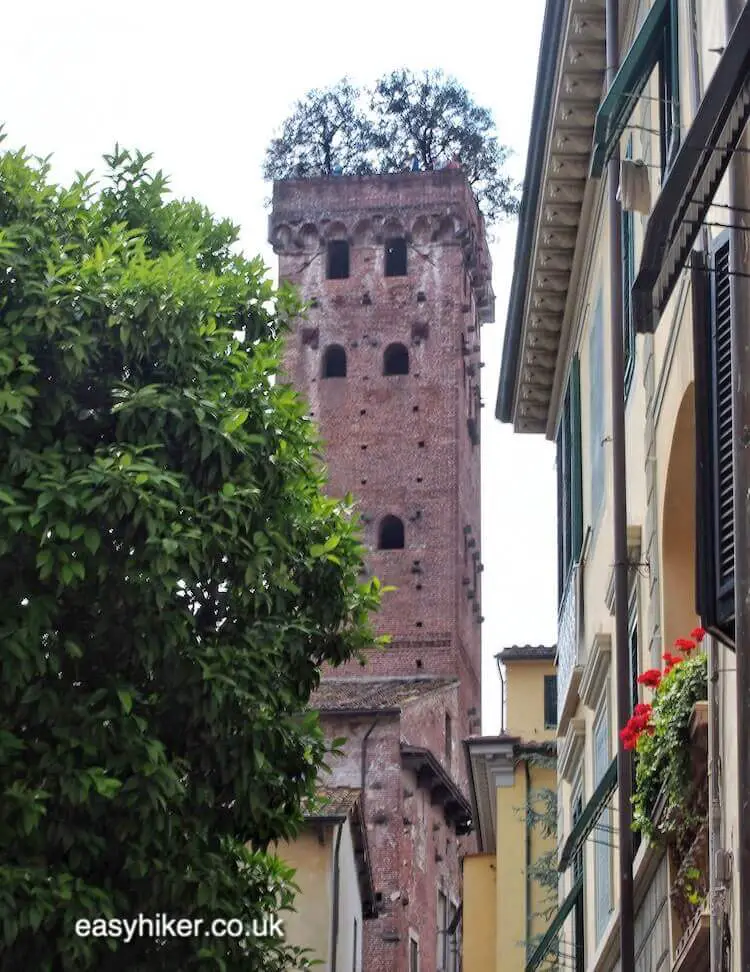
… and has a municipal coat of arms that has inspired this anonymous draughtsman to prove that the simplest “graffiti” ideas are often the most effective. Three cheers for that!
